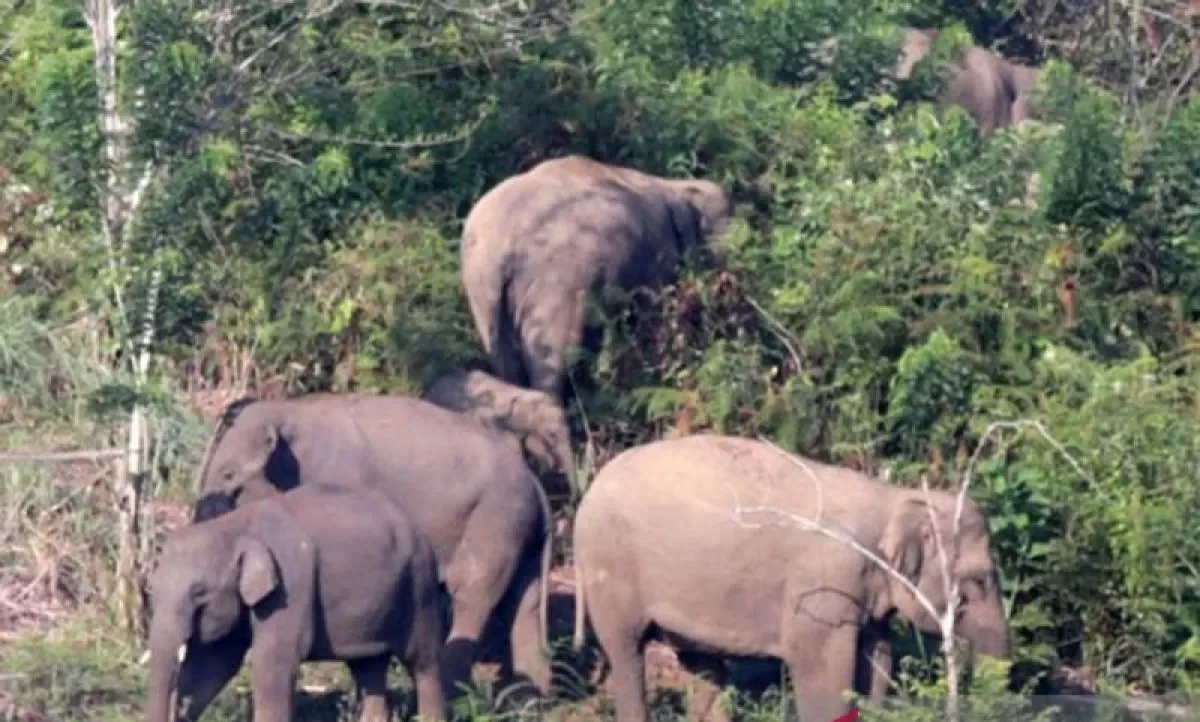Jakarta ( WNAM MONIORING ): Indonesia’s Ministry of Forestry is emphasizing the need to economically empower local communities and involve them in supplying vegetation for Sumatran elephants (Elephas maximus sumatranus), as part of efforts to end human-elephant conflicts in Central Aceh District, Aceh Province.
The initiative targets residents of 12 buffer villages as part of the Indonesia-United Kingdom conservation project to protect elephant populations in the region.
Forestry Minister Raja Juli Antoni discussed the joint conservation project — known as the Peusangan Elephant Conservation Initiative (PECI) — in Jakarta on August 7. The project supports the development of an elephant sanctuary on land donated by President Prabowo Subianto.
WWF Indonesia, working with the ministry and the UK government, has launched a community empowerment program for residents in the buffer villages. Under the program, villagers sell plants from their farms, including fruits, grass, and leaves, to feed wild elephants that roam in search of food.
The harvested plants are stored in designated areas outside residential zones to encourage elephants to feed there instead of approaching villages, Antoni explained. This food-provision strategy is combined with habitat restoration to prevent future conflicts.
By improving villagers’ livelihoods and feeding elephants while their natural food sources recover, the program aims to achieve peaceful human-elephant coexistence.
“The needs of both villagers and elephants can be met, allowing peaceful human-elephant co-existence, as envisioned by President Prabowo Subianto,” Antoni said.
The Indonesian government lists the Sumatran elephant as a critically endangered species.
Human-elephant conflicts have been a major conservation concern in several Sumatran provinces, including Lampung and Aceh.
In Aceh, sightings of elephants searching for food have been reported in districts such as Tamiang, Pidie, Central Aceh, Bener Meriah, and Bireuen.
According to WWF data, the Sumatran elephant population is estimated at 2,400–2,800. The organization notes that poaching for the illegal ivory trade remains a serious threat, with ivory still found in markets in Africa, Asia, the United States, and Europe.


